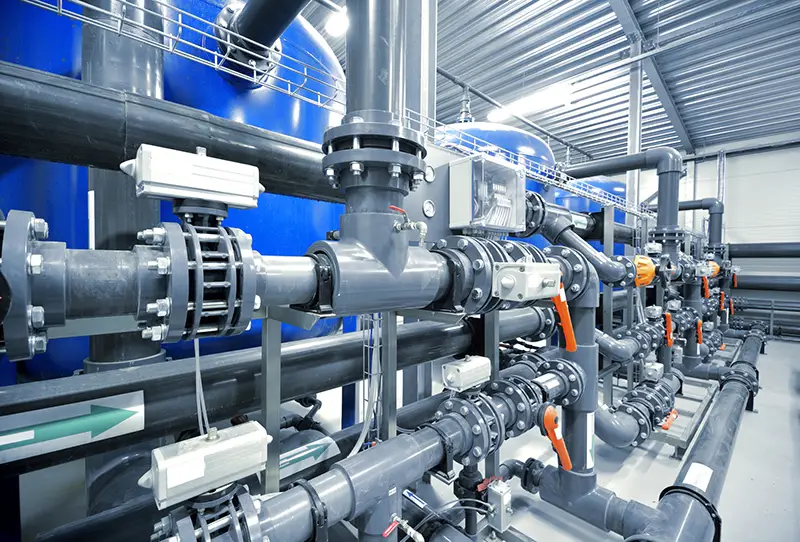Click here to get this post in PDF
If you’re a power plant operator, process facility manager, or oil and gas operator facing the challenge of keeping a pipeline in good shape, we’re here to help. Edward forged and cast valves are built to last so that you can get more done.
They’re manufactured on a fully automated CNC machine line with precise process control. Valve body castings are produced using a directional solidification process from patterns designed by our engineers. This assures high-strength void-free castings.
Pipeline Valve
A pipeline valve is a critical piece of equipment in the oil and gas industry. Without them, the flow of oil, natural gas and other materials would not be possible.
Pipeline valves can be operated manually by turning a handle or wheel or automatically controlled by a pneumatic, hydraulic or electrical actuator. These actuators are designed to work based on predetermined conditions.
Different valves, like edward valves, are available for specific applications, each with its characteristics and benefits. These include how the valve opens and closes, what pressure it can withstand, and how quickly it can respond to fluid or gas pressure changes.
Ball Valves
A ball valve is a type of pipeline valve that can be opened or closed depending on how the hole in the ball is oriented. When the spot is in-line with the flow, the valve is said to be in the open position, and there is little resistance to the fluid being pumped.
The valve is closed when the hole is rotated 90 degrees and perpendicular to flow. The ball in the valve’s body sits between seats that provide sealing between the ball and the valve body.
The seats offer a wiping motion that clears suspended particles from the ball’s surface. However, abrasive solids can damage the heart and cause leakage.
Butterfly Valves
Butterfly valves are quarter-turn valves with a rotating disc element that allows, controls, and obstructs the fluid flow in a pipeline. They are valued for their compact size and simple construction and operating mechanism.
They can handle large fluid flows and liquids containing suspended solids at relatively low pressures. However, they have a poor sealing function and may cavitate or choke under high pressure.
These valves can be operated by manual, pneumatic or electrical actuation. Pneumatic actuation uses compressed air; electric actuators use electricity to turn the stem.
The valve consists of a metal disc that rotates about the stem and initiates a tight shut-off on the circumference of its resilient seat. This is also accompanied by a packing component that provides an extra seal.
Pneumatic Valves
Pneumatic valves are an essential element of pneumatic systems that control the airflow in a system. They allow the system to function correctly and safely and help prevent equipment damage by maintaining a constant pressure or flow rate.
There are many different types of pneumatic valves, and they often function differently depending on the device they are controlling. Understanding their configuration or valve type is essential for specifying the right one for your application.
Electric Valves
Valves are essential for controlling fluids, air or gases in pipelines. They can shut off, release, dose and distribute fluids accurately.
Valves vary in size, design and materials depending on their application and flow rate. In addition, they must meet specific safety standards.
For example, a valve and actuator used in a liquid gas pipeline must handle pressure variation and temperature changes. This requires careful customization.
Electric valve actuators can help you optimize your pipeline and keep it operating at peak efficiency. They are responsive, technologically advanced, and easy to use.
You may also like: Understanding & Learning All About the Importance of Gate Valves
Image source: Depositphotos.com

